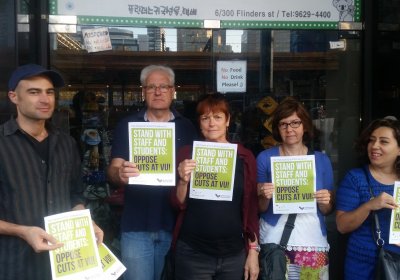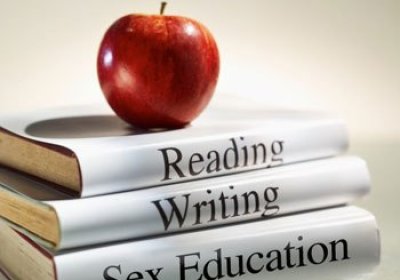Thousands of students are forced into poverty to pursue their degrees, according to a damning report by the National Union of Students. Tyrus Maxwell reports.
Education
The rise of Jeremy Corbyn in Britain and Bernie Sanders in the US has led many to ask where is our Corbyn or our Sanders and to question whether conditions in Australia are ripe for a similar break to the left.
Because Australia was buffered from the worst of the GFC, due mainly to the mining boom, some argue that conditions here may need to get a lot worse before people are prepared to get behind a left platform.
Let’s look at some social indicators in Australia today.
Colombia’s national teachers’ strike marked three weeks on June 1 as tens of thousands of education workers continue to pressure the government to respond to their demands for better working conditions, higher salaries and more investment in public education.
In the latest mass protest, about 300,000 teachers took to the streets on May 31 to call attention to education issues in major cities across the country, including Bogota, Cali, Medellin, Bucaramanga and Barranquilla.
Friends of Victoria University released this statement on April 19.
* * *
Victoria University is planning to fundamentally change the structure of its workforce and radically alter the type of education that students receive.
Up to 115 academic staff will be sacked and replaced by 65 entry-level academic staff (Academic Teaching Scholars). These staff will have increased teaching hours and inferior retrenchment provisions so that they can be easily sacked should there be future cuts at VU.








